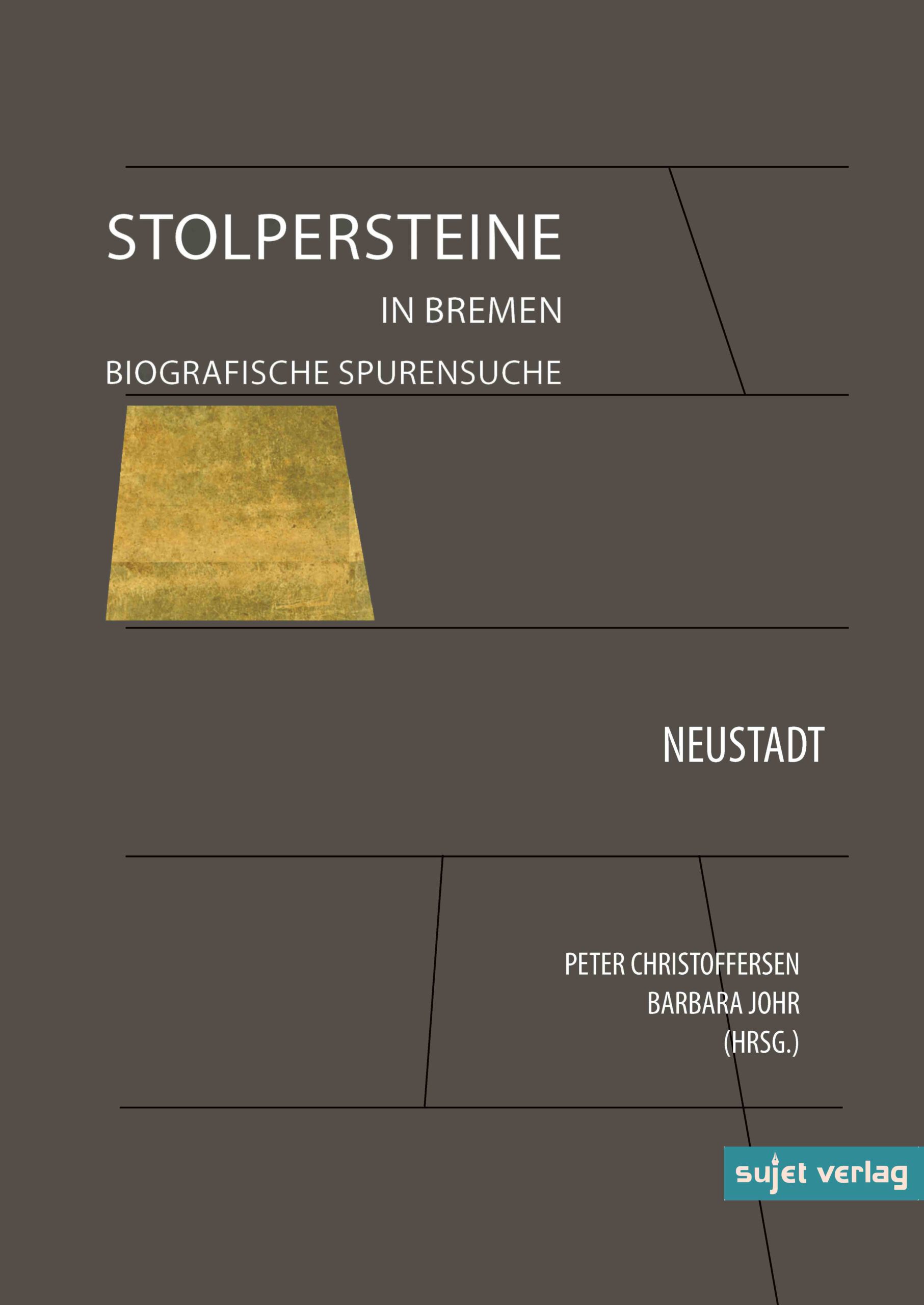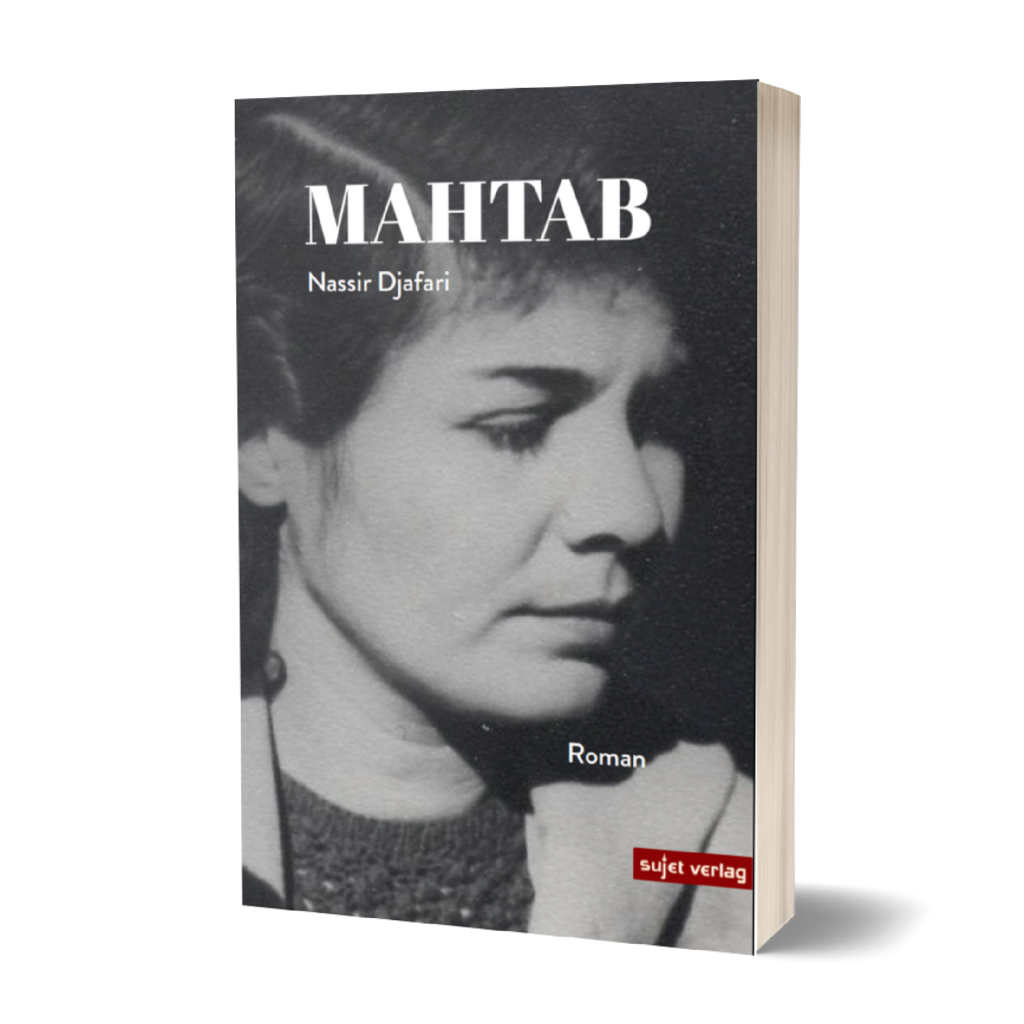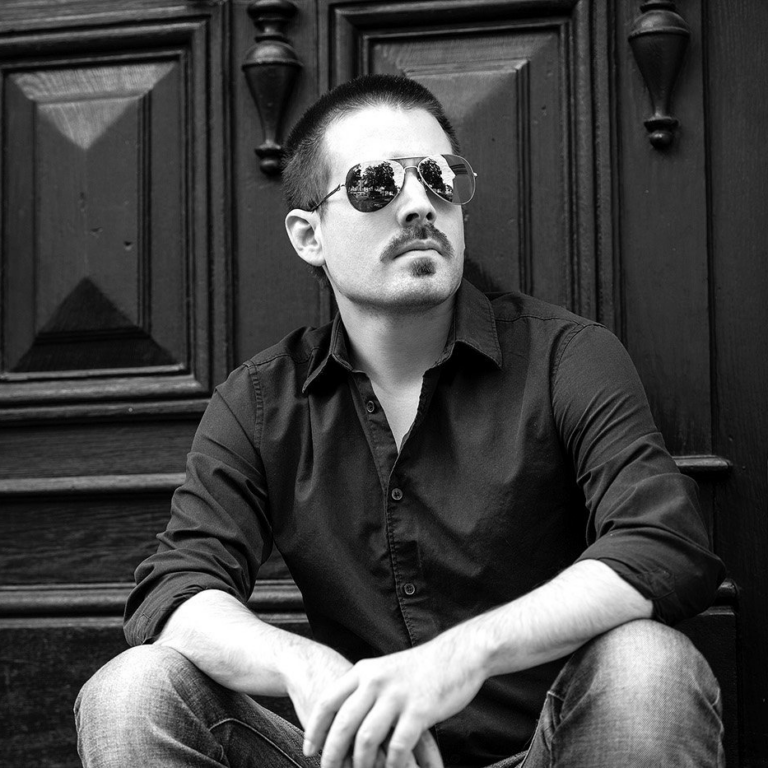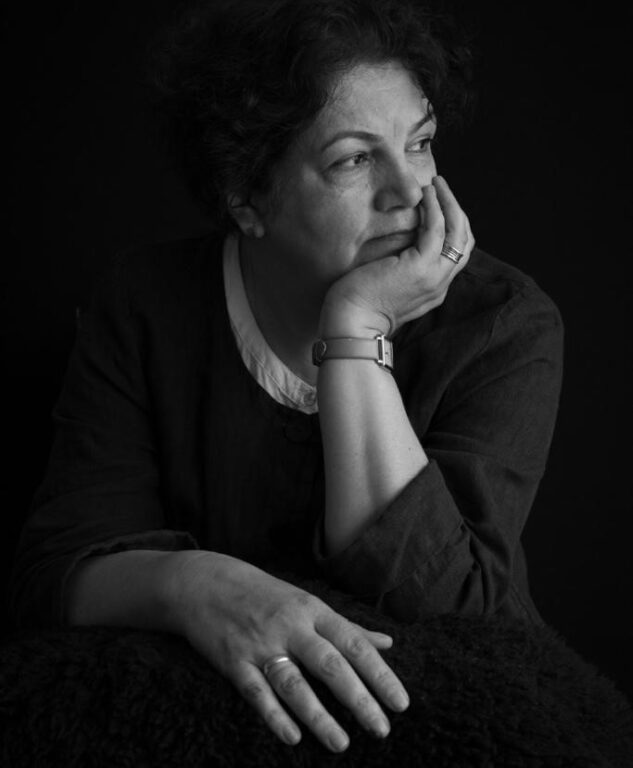The story behind the names
Eike Wienbarg 18.10.2020 in the Weser courier
In three articles for the new book "Stolpersteine in Bremen - Biografiensuche - Neustadt" the Sykerin Ilse Zelle dedicates herself to the Polak family, who also lived in Weyhe.
Syke/Weyhe/Bremen. The name of the Jewish-Christian Polak family is closely linked to the community of Weyhe. A street was named after Carl Polak in 1995, and his son Otto is an honorary citizen of the community. The Syker author and former teacher at the Cooperative Comprehensive School (KGS) Brinkum Ilse Zelle wrote a book about the life of Otto Polak back in 2010. On the occasion of her project to search for traces of topics from the time of National Socialism in the region, she and her students invited Otto Polak to the school. Now Zelle has dealt with the story of Polak's father Carl, his uncle Siegfried and his grandmother Adele. For the sixth volume in the series “Stumbling blocks in Bremen – Biographical Search for Traces”, which revolves around the stumbling blocks in Bremen Neustadt, Zelle wrote the short biographies of the three Jewish citizens murdered by the National Socialists.
For the new book, Zelle delved even deeper into the history of the Polak family than she had before. The family originally comes from the East Frisian town of Oldersum in the district of Leer, reports the Sykerin. Jakob Polak and his wife Adele, née Goldschmidt, who came from Hamburg, owned a livestock shop with an adjoining slaughterhouse there. "They had a house and there was slaughter in the back," researched Zelle.
The family had a total of seven children: Ludwig, Carl, Siegfried, Emma, Dora, Therese and Elise. When his father Jakob died in 1915, his wife took over the family business because the sons were still too young. The family moved to Graudenzer Straße in Bremen in 1927, presumably because of the falling cattle prices and rising unemployment in the area around Leer.
In the Hanseatic city, too, the Polaks devoted themselves to the cattle trade. In 1932, son Siegfried took over the business from his mother. In the same year, his brother Carl married Johanne Jacobsohn, the daughter of a cattle dealer from Kirchweyhe, and moved with her to a house in what is now Weyhe. "The wedding ceremony took place in Bremen Cathedral because the Kirchweyher pastor and superintendent did not want to marry any Jews," reports Zelle. Their son Otto was born in 1933 and baptized in Bassum. "Otto is a Christian," says Zelle.
repression and deportation
In 1938, Siegfried Polak had to close his livestock trade due to repression by the Nazi regime and the withdrawal of his business license. After marrying his wife Gesela, he moved in with her on Yorckstrasse in Bremen's Neustadt district. Also in 1938, his brother Carl and his wife Johanne separated, so Carl moved from Kirchweyhe back to his mother in Bremen. A little later both were forced to move into the "Judenhaus" on Nordstrasse.
A year later the family was deported to the ghetto in Minsk. So Adele and Carl as well as Siegfried and his wife Gesela were taken away by train on November 18, 1941. In Hamburg, the sisters Therese and Elise had to board the train with their families and were sent to certain death by the National Socialists. The exact circumstances of death in Minsk have not been clarified, says Ilse Zelle. Many prisoners died on site in the winter of 1941/42 from starvation, cold or the arbitrariness and torture of the SS. Many fell victim to the mass murder campaigns that began in the summer of 1942.
After the deportation of his father and the death of his mother in 1942, Carl's son Otto Polak grew up as an orphan and in 1945 faced deportation to the Theresienstadt ghetto himself. Although he was baptized as a Christian, he was considered a so-called “three-quarters Jew” and thus a “full Jew” in the Nazi regime, had to wear the Star of David and was therefore excluded, says Zelle. "He was exposed to appropriate teasing and violence," the Sykerin continued. It was only with the help of a doctor that Otto Polak was saved from deportation. About the death of his father, he later learned from a former employee of his grandfather, who was deployed as a guard in Minsk, that Carl Polak was probably gassed, Ilse Zelle writes in the new book. "It's a sad story," she says.
After the war, Otto Polak devoted himself to commemoration work. He appeared several times in schools in Stuhr and Weyhe and reported on his fate and that of his family. Polak was also involved in the sports club, took off the sports badge and kept it himself until old age, says Zelle, which Otto Polak also brought into play as the namesake for the new culture and education center (KBL) on Leester Henry-Wetjen-Platz Has. Due to his commitment to education, the name is very suitable, says Zelle. Polak, who was no longer allowed to attend elementary school in Kirchweyhe when he was young due to his origins, continued his education after Germany was liberated from the Nazi regime by the Allies and completed an apprenticeship as a gardener.
The stumbling blocks in memory of his grandmother, his father and his uncle are now on Graudenzer Strasse and Yorckstrasse in Bremen. In their book series on the stumbling blocks, the editors Barbara Johr and Peter Christoffersen have been dealing with the biographies behind the names of the dead for years and have now asked Ilse Zelle for the part about Bremen Neustadt. Of course she didn't say no, said the Sykerin about her commitment to the book.
"Fortunately, I started the research before Corona," says Zelle, looking back on her research process. Among other things, she made contact with Klaus Euhausen, who deals with the history of the town of Oldersum. Cell also researched in the Bremen State Archives as well as in the City Archives of Wilhelmshaven and in the archives in Oldenburg. "In Bremen I got a whole mountain of files," she says of the documents on inheritance matters or the repatriation files for real estate. In Oldenburg, on the other hand, according to her own statements, she came across another Polak family. "Then I could delete Oldenburg," says Zelle. In the Wilhelmshaven archive, the main concern was the data of Siegfried Polak's wife. During the lockdown, she was able to work on the documents in a relaxed manner, says Zelle.
The former teacher is still fascinated by researching the historical documents and sources. "It's a piece of history that comes alive," says Ilse Zelle. "That's when it starts to get exciting," she adds.
The three short biographies which Zelle contributed to the new book are each two pages long. Longer versions of it will later be put on the Internet, she says. First of all, the book about the stumbling blocks in Bremen's Neustadt will be presented next Wednesday, October 21, from 7.30 p.m. at a presentation in the Bremen Theater on Leibnizplatz. Ilse Zelle would like to be there too.
The book presentation for the anthology “Stolpersteine in Bremen – Biographical Traces – Neustadt” will take place on Wednesday, October 21, from 7.30 p.m. in the Theater am Leibnizplatz, Schulstraße 26, in Bremen. Admission is free, donations are welcome. Registrations are required by calling 04 21 / 50 03 33. Further information on the search for traces project by Ilse Zelle and her students and the life of Otto Polak is also available at www.spurensuche-online.net.
Down to business
stumbling blocks
The stumbling blocks are a project by the artist Gunter Demnig. The stones, which are intended to commemorate the victims of the Nazi regime, are set into the pavement at the last self-chosen place of residence of the people. According to Demnig, such stumbling blocks have now been laid in more than 1,200 municipalities in Germany and in 21 European countries. In addition to a lot of praise for the project, there was always criticism. For example, it was criticized that the victims were "trampled underfoot" when the stones were embedded in the pavement, while others criticized the inscriptions on the memorial stones, some of which were inscribed with Nazi jargon. Ilse Zelle, on the other hand, likes the idea of the stumbling blocks. "It is a commemoration of the events of the Nazi era," she says. Further information on the stumbling blocks is available online at www.stolpersteine.eu.





